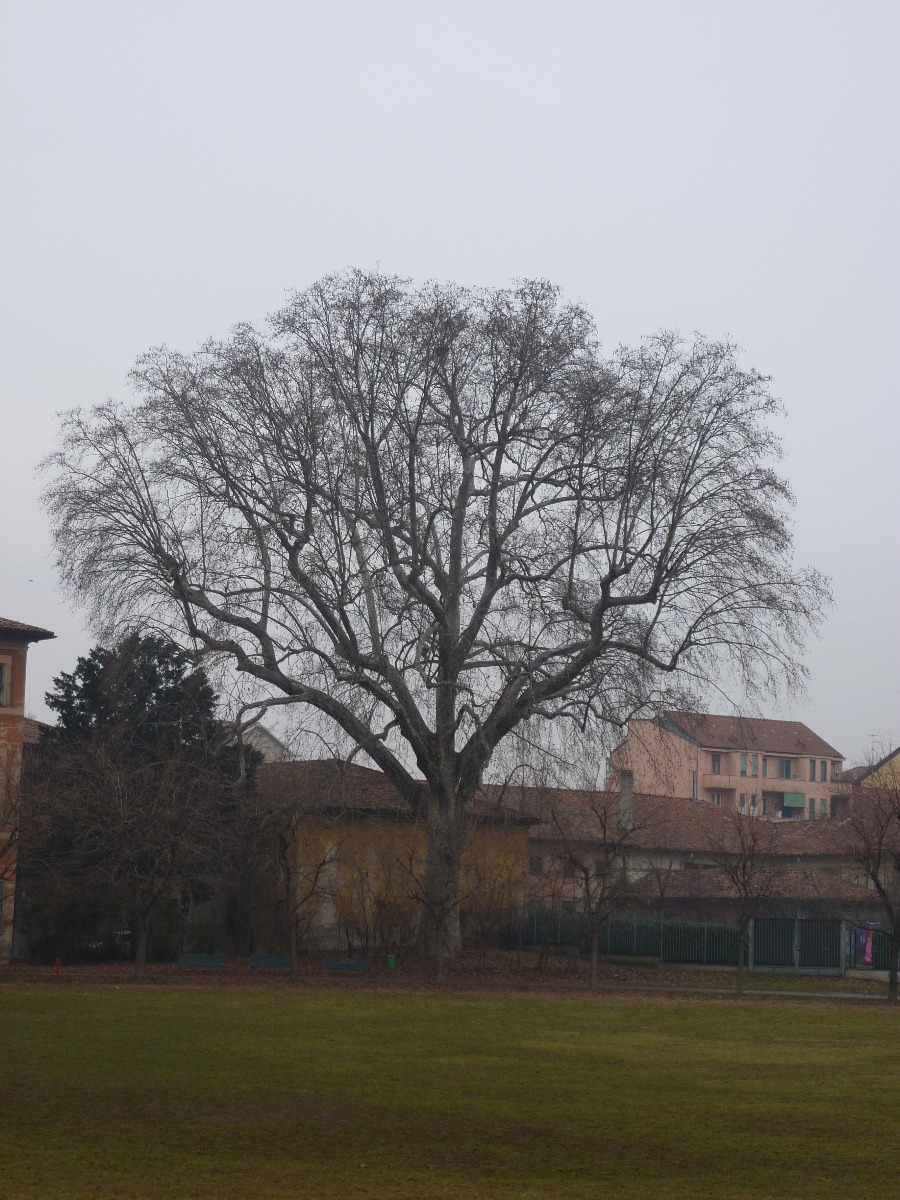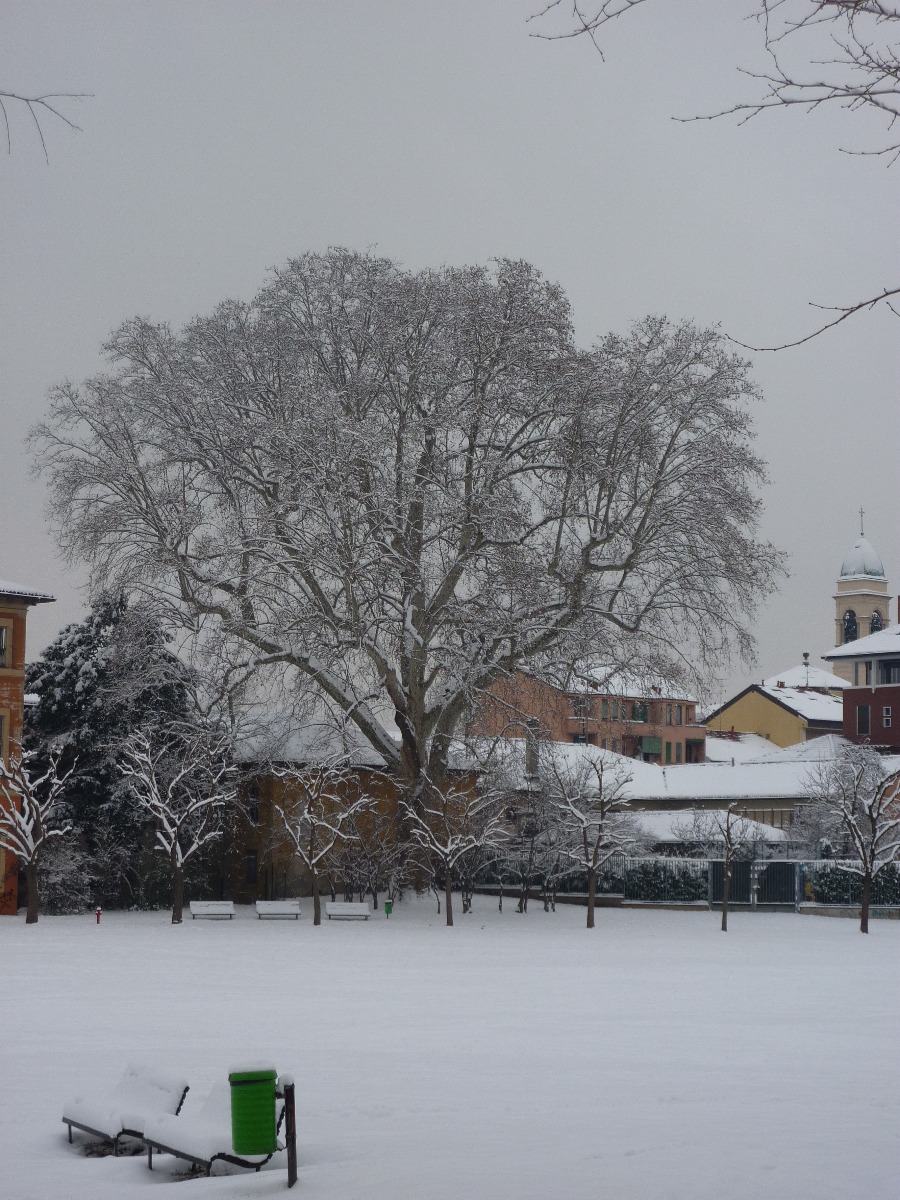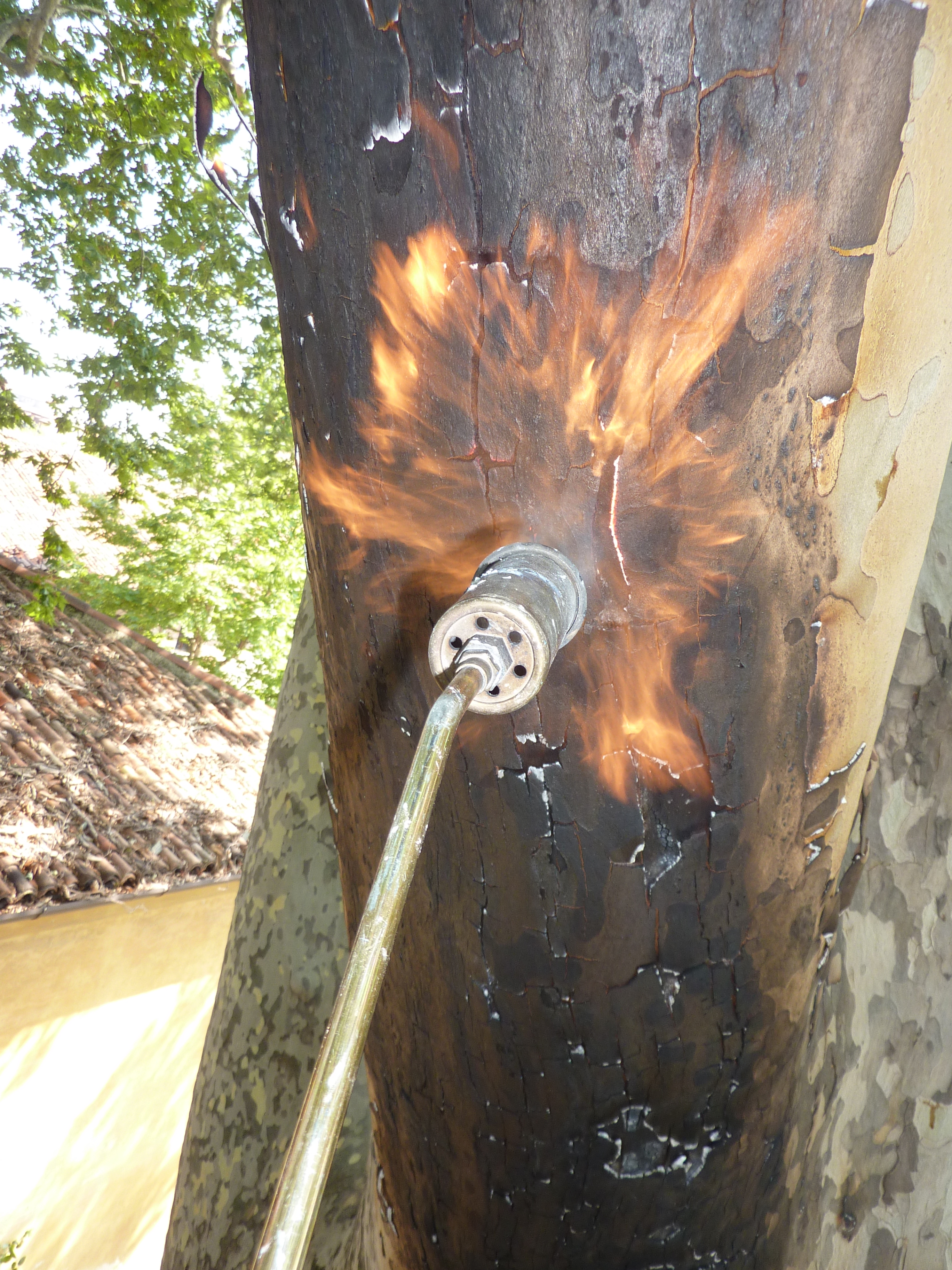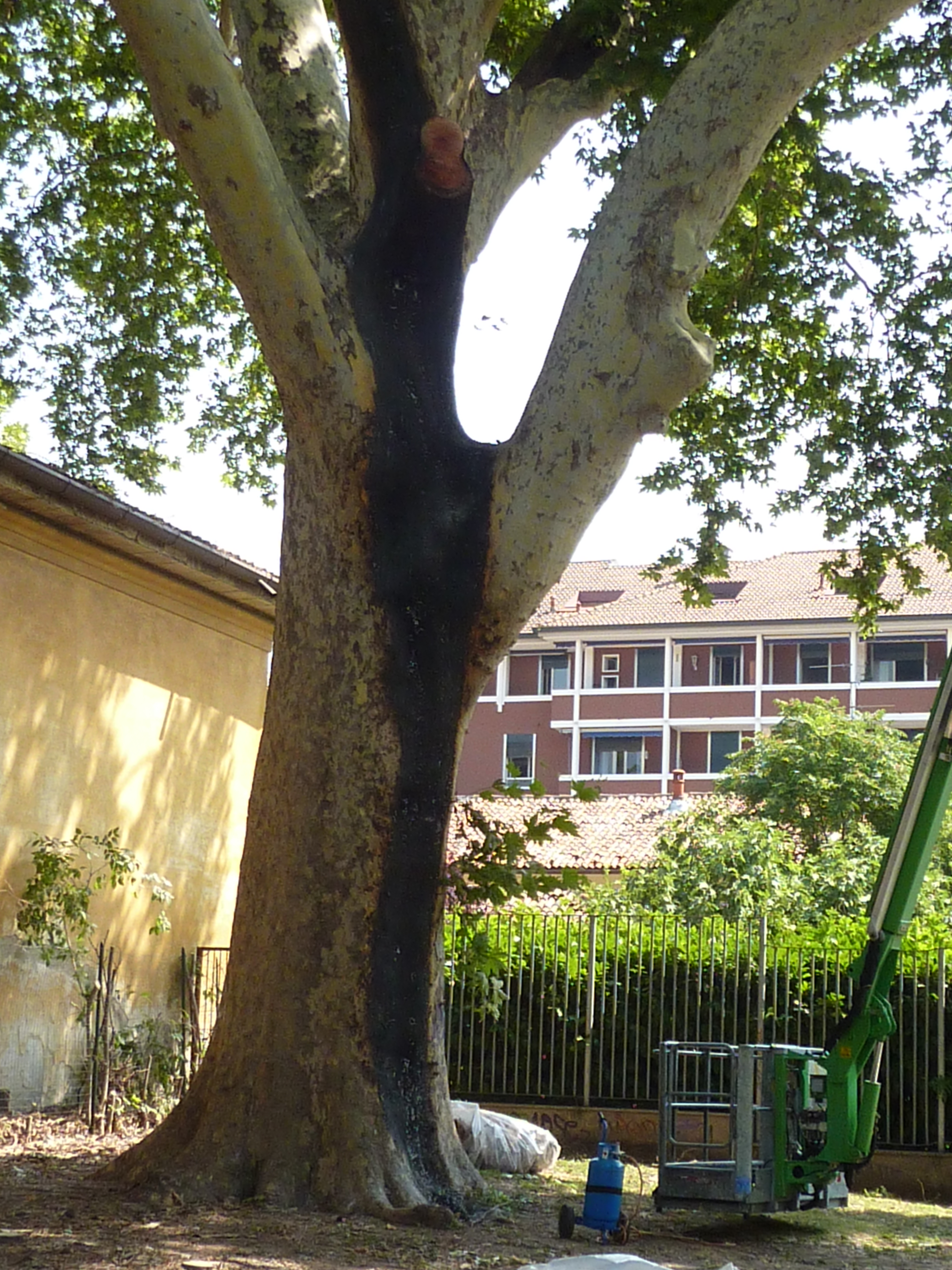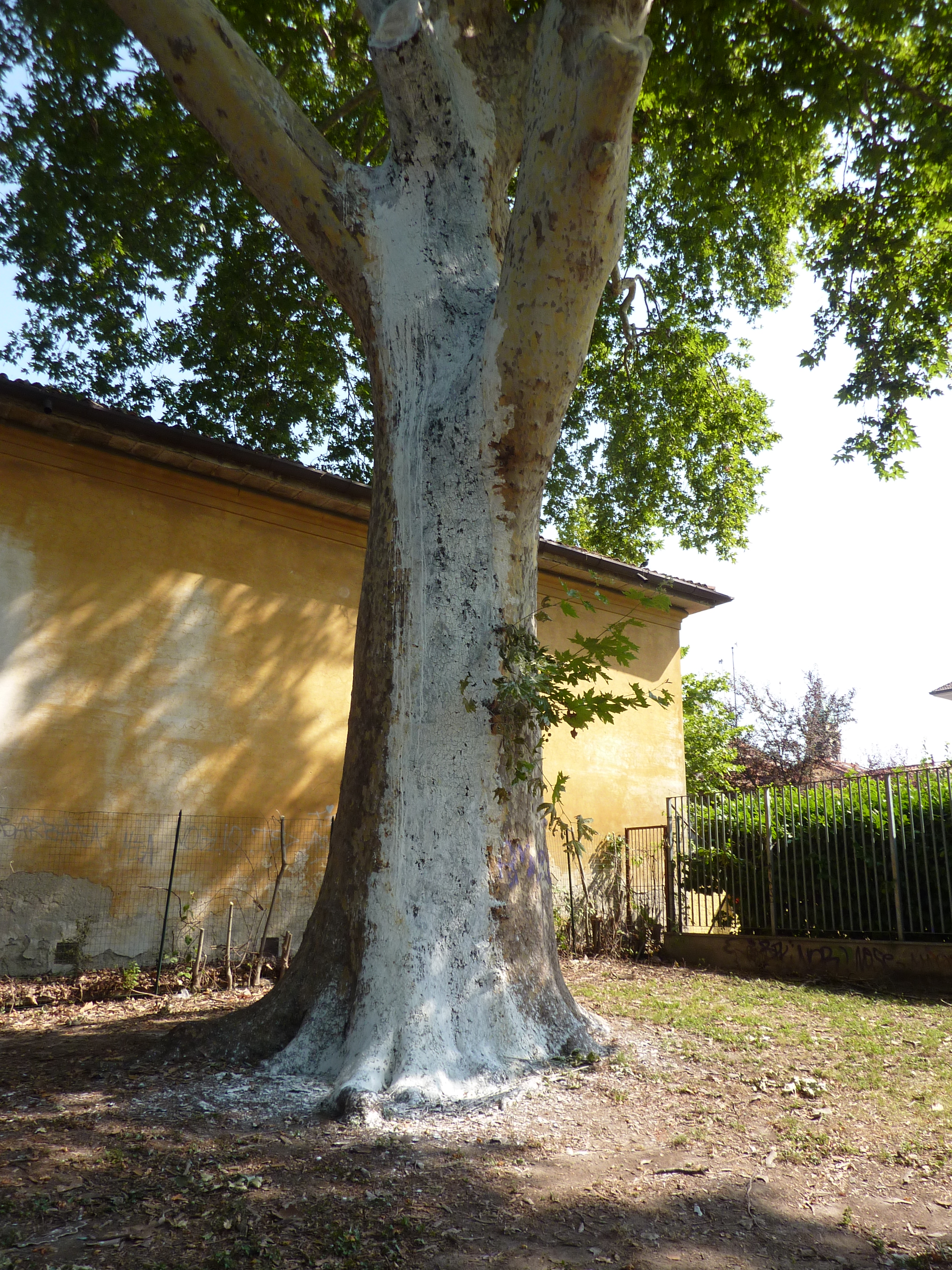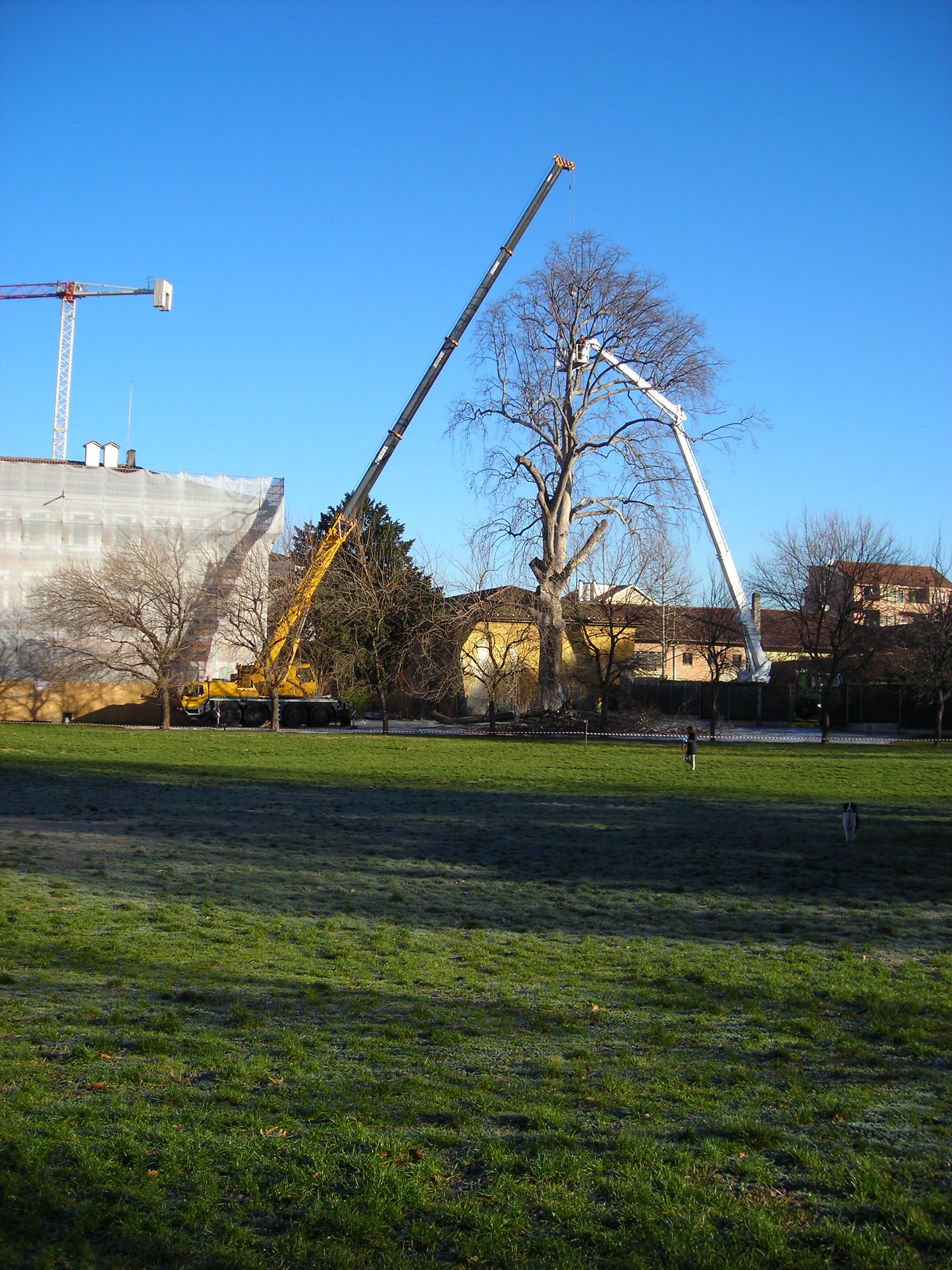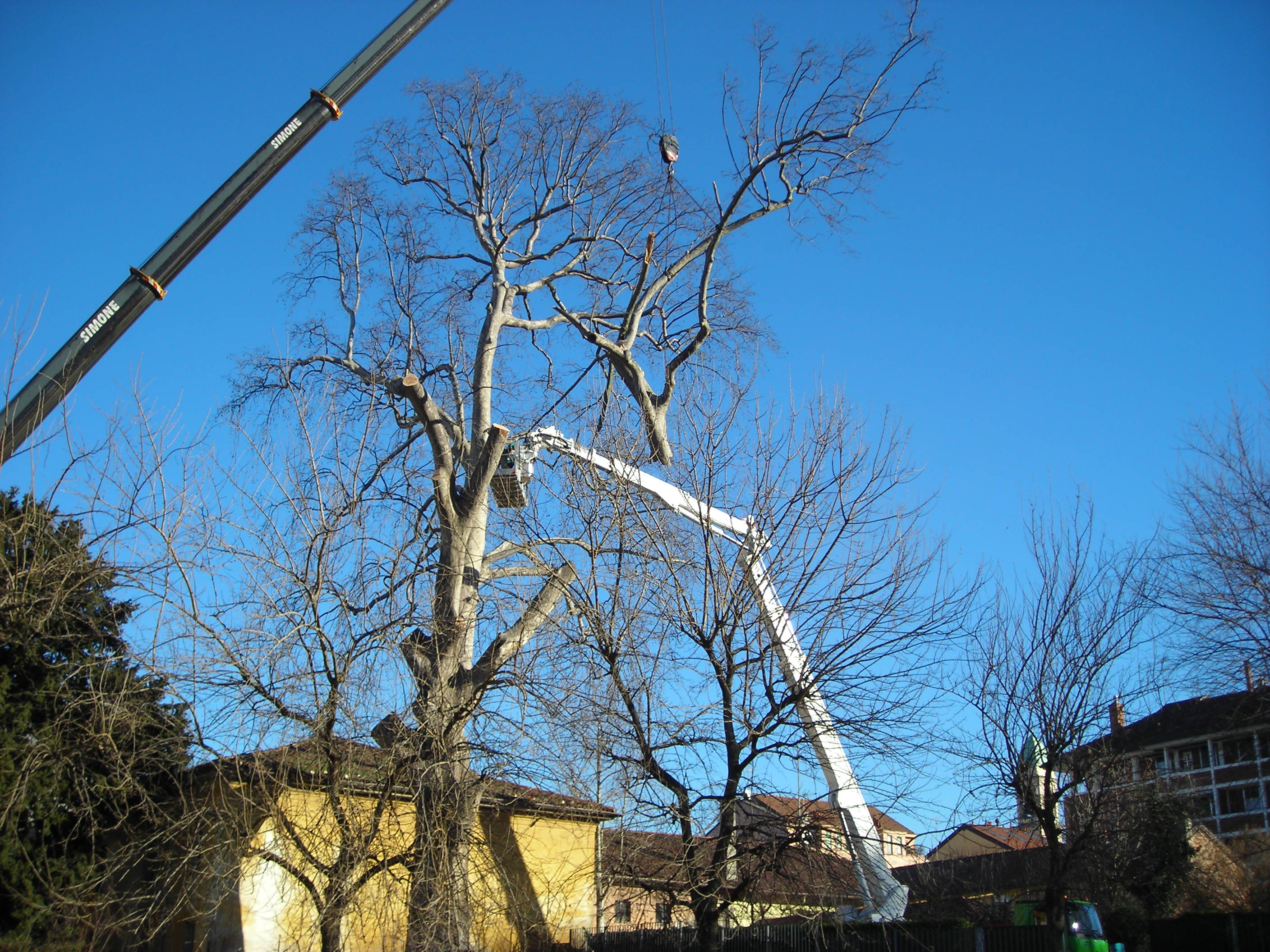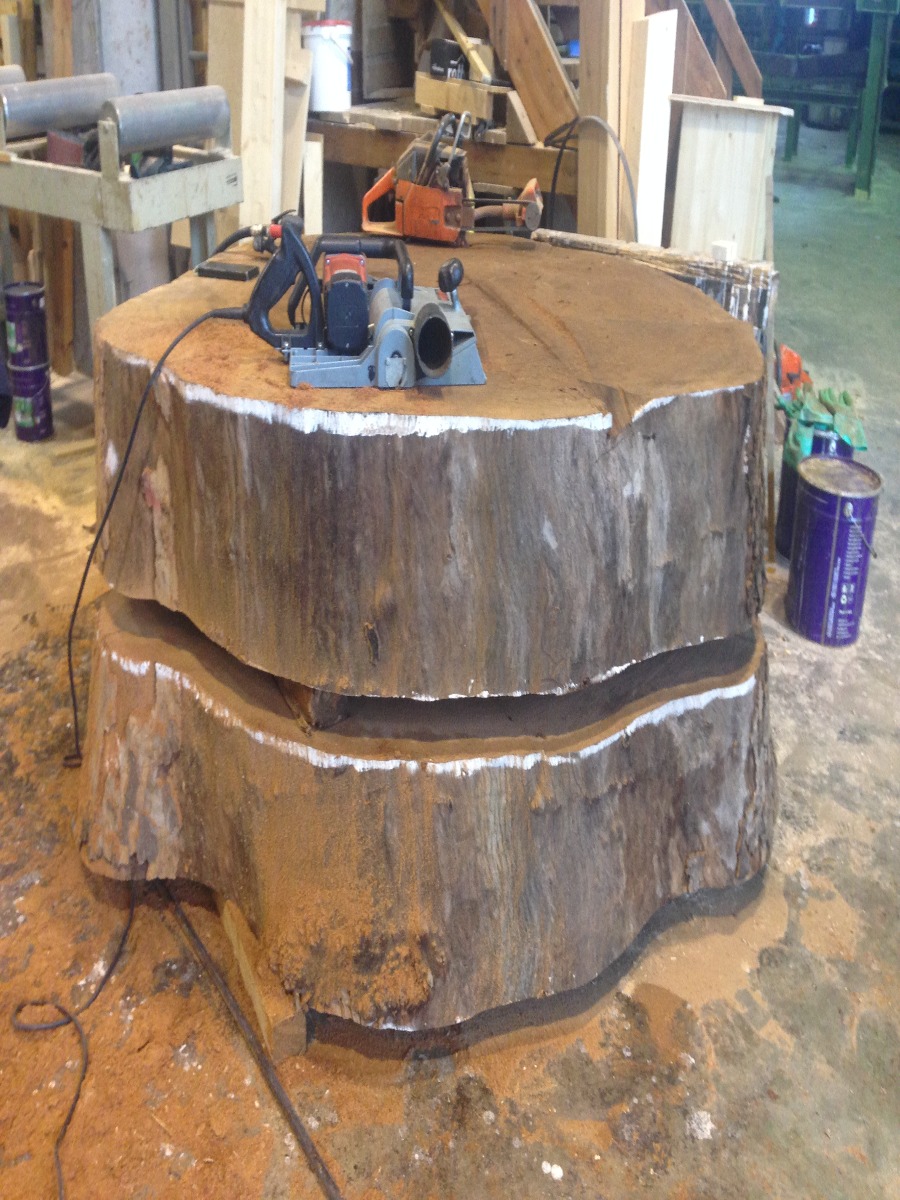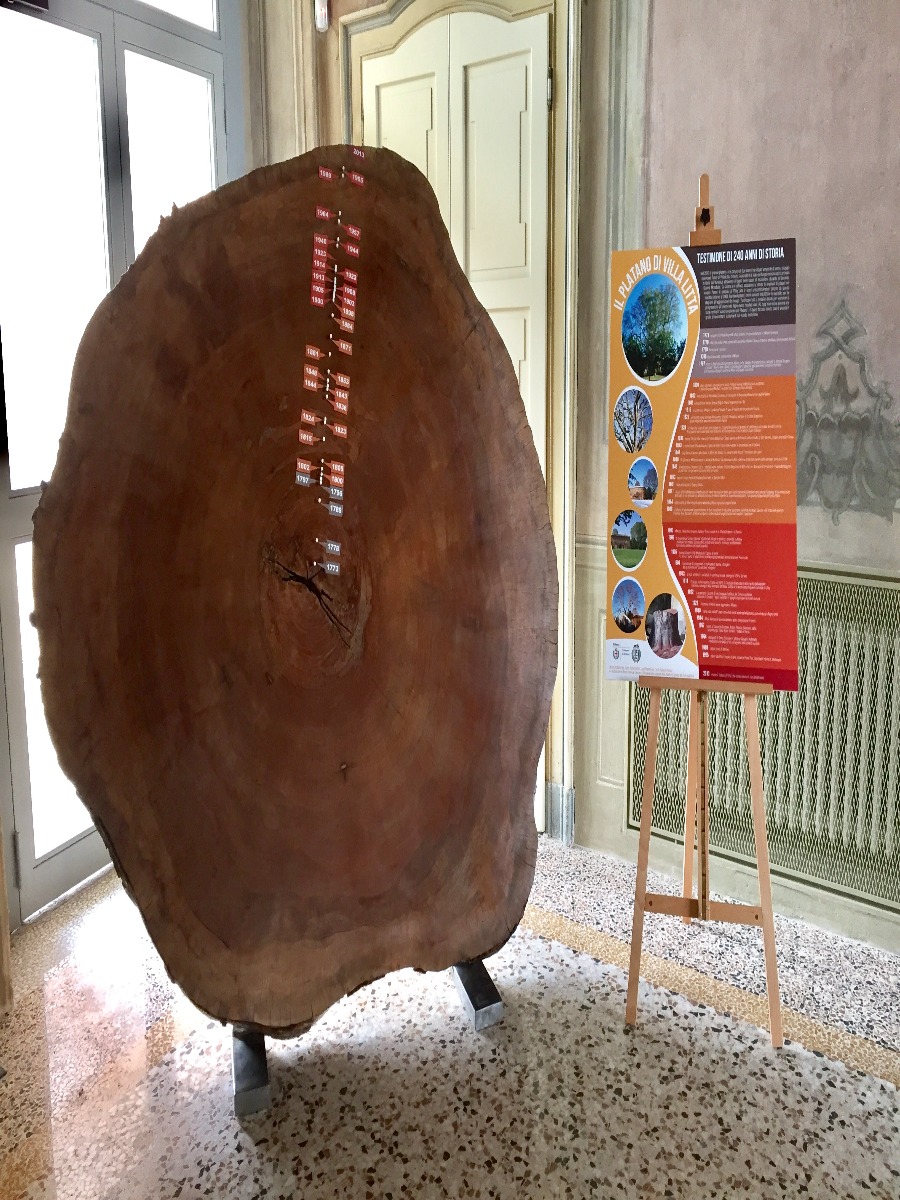The attached photos are in chronological order: the first four represent the live specimen in full vigor and the subsequent technical attempts to contain the disease; the last ones are the inevitable felling operations and the work on the washer and dendrochronology.
Villa Litta Park
Town Hall 9
Arrival: viale Affori
Timetables: 6:30 - 20:00
How to Get There:: MM3 Affori center/Affori FN - bus 40/41/42/50
Area 76.400 sqm.
Year of realization: 1687; mid 1800s; 1958 and 2005
Restoration realizationi: Ettore Silva (1800); Municipality of Milan
What to do at the park
- 4 large play areas divided by type of activity and age groups;
- equipped fitness area;
- stroll;
- stop and relax;
- running and cycling along the avenues;
- 3 sports fields: basketball, five-a-side football and soccer;
- dog area;
- go to library at Villa Litta, Affori library;
- get to know them trees in the park.
The park is equipped with a self-cleaning toilet.
The park in brief
The park of Villa Litta is a place suitable for relaxation, rest, children's and teenagers' games thanks to the presence of equipped areas dedicated to them.
Among the undulating meadows, there are many monumental trees that can be admired while walking: maples of different species, the rosy horse chestnut, the black walnut, the Judas thorn, the red oak, as well as a monumental plane tree and a paper mulberry.
The current park of Villa Litta was part of the garden of the villa of the same name, built by the Marquis Corbella in 1687 and which became one of the most famous residences in the Milanese countryside. It had several owners belonging to the nobility: the Visconti of Aragon, the Trivulzio and the Litta Modigliani.
Originally the park was created according to the dictates of the Italian garden and only in the nineteenth century, thanks to the botanist Ercole Silva, did it take on its current form of English greenery. Also in the nineteenth century, the villa was purchased by Count Trivulzio who made it a salon frequented by intellectuals such as Alessandro Manzoni and Francesco Hayez.
It became part of the province's assets in 1905 and has been the property of the Municipality of Milan since 1927.
The garden hosts Villa Litta, now used as a library. Outside the current boundaries of the park there is the sculptural group of the Serenei consisting of two sphinxes, two obelisks and two stone amphorae from the 1700s, which was once placed at the beginning of the tree-lined avenue, a majestic access route to the noble residence .
The flooring is concrete and asphalt and the park is periodically monitored by the GEV.
Architecture
The gardens originally constituted the park of Villa Litta di Affori, built by the Marquis Corbella in 1687 and subsequently sold to the Litta Modignani family. The Park, born as an Italian garden, was expanded and transformed into a "landscape garden" towards the middle of the 800th century, by Count Ercole Silva, an expert botanist, who revisited the Italian tradition according to the settings of the English school. This modification led to the disappearance of symmetrical paths, labyrinths, cone-shaped trees in favor of grassy expanses, scattered flowerbeds, fake ruins and changing views. The Villa experienced its greatest splendor in the 800th century when Count Trivulzio, father of Princess Belgiojoso, established a salon for intellectuals including Alessandro Manzoni, Count Silva and the painter Hayez. Acquired in 1905 by the Provincial Administration, since 1927 it has become the property of the Municipality of Milan. In the post-war period, the park was curiously called "Matt's garden" because the provincial administration had entrusted some guests of the Paolo Pini Institute with its maintenance. Due to war damage, the municipal administration carried out a first restoration in 1958; a second more recent one which concerns the conservation of the greenery dates back to 2003-2005.
Architectural heritage and artefacts
In ancient times the Villa was reached along a long tree-lined avenue, at the end of which there was a sculptural complex of Egyptian inspiration called "The Sirens", from the second half of the 700th century, still visible today at the beginning of the avenue of Villa Litta.
Main tree species
- field maple (Acer campestre)
- American maple (Acer negundo)
- Norway maple (Acer platanoides)
- silver maple (Acer saccharinum)
- hackberry (Celtis australis)
- black locust (Robinia pseudoacacia)
- hornbeam (Carpinus betulus)
- cherry (Prunus avium)
- common plane tree (Platanus x acerifolia)
- mulberry (Morus alba)
- rosy horse chestnut (Aesculus x carnea)
- black walnut (Juglans nigra)
- beech (Fagus sylvatica 'Pendula')
- American cottonwood (Populus deltoides)
- red oak (Quercus rubra)
- sophora (Sophora japonica)
- Judas thorn (Gleditsia triacanthos)
The presence of monumental plane trees and paper mulberry trees is noted.
Water and surroundings
There are two fountains.
Culture and culture
- Protagonist trees: Inside the gardens there are some monumental plane trees. Among the botanical curiosities we note the presence of a paper mulberry (Broussonetia papyrifera)
- Municipal library: Villa Litta is used as a library.
Wellbeing and sport
- Play area: a large equipped area.
- Running in the park: you can jog along the paths.
- Life paths: they are not present.
- Cycling: limited speed is permitted along the routes.
- Sports fields: 2 multipurpose fields: basketball/volleyball and a football field.
Activities and Events
Exhibitions: the park is home to shows and concerts as part of the "Milano Estate" event.
Break and coffee
Kiosks and bars: there are no fixed structures but occasionally mobile kiosks.
Utilities and Services
- Dog area: 1, for a surface area of 9.600 m².
- Security: surveillance by the GEV is periodically envisaged.
- Flooring: concrete and asphalt.
- Toilet: in spring-summer station with mobile toilets also for disabled people.
In the quiet of one of the most beautiful historical parks in Milan, an important testimony to the life and history of the last 250 years stands out. It is the Affori washer, a section of the trunk of a centuries-old plane tree that grows behind Villa Litta Modigliani, in the heart of the neighborhood and surrounded by the park of the same name.
In 2013, after years of a painful fungal disease and fruitless attempts to save the majestic tree, the technicians of the Municipality of Milan recovered and preserved some sections of the trunk during the felling operations. One of these was carefully worked, smoothed, treated and studied, thus fixing on it the memory and the time experienced by the tree during the historical periods of the city.
Today it is visible in the wedding hall on the ground floor of Villa Litta where the identification and census of the growth rings coincide with the historical dating of the events worthy of mention.
Technical data:
- average diameter cm. 190
- circumference cm. 591
- Thickness cm. 30
- Weight kg. 600,- approximately
Visiting hours:
the room is open for the celebration of weddings
Updated: 18/04/2024

